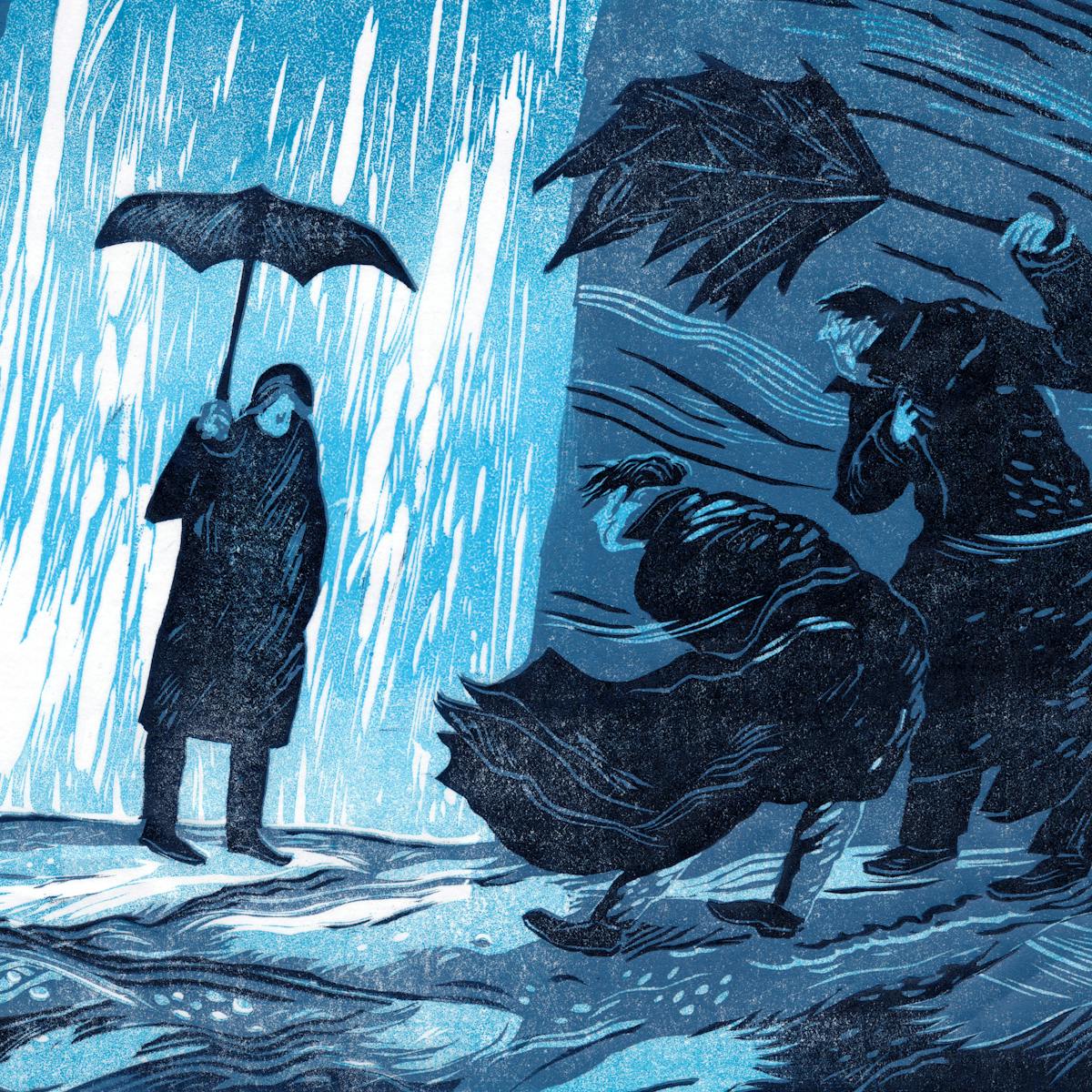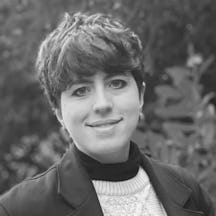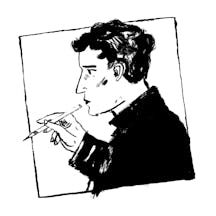In the poem ‘Emptiness’, Spike Milligan wrote: “There's something not there / in me, something I can't name.” When Cassie Doney tried to describe a similar, almost unidentifiable feeling to their doctor, this symptom formed a part of their emotionally unstable personality disorder diagnosis, setting them on the path to find out more about emptiness, those that experience it, and the embryonic research into it.
In October 2019, I went to the doctor about how I was feeling. For me, as for many people, going to the doctor is a daunting task; even more daunting, however, was trying to explain why I was there when I barely understood it myself. One of the things I remember telling her, crying despite myself, was the sense that a gaping chasm had replaced my organs – the feeling that I wasn’t a person at all, just a hollow shell with nothing inside.
She gave me the tissue box from her desk and a diagnosis, one that I refused to acknowledge and didn’t share with anyone for three months, too filled with confusion and shame to process it. I was put on a waiting list and a new antidepressant, but the bulk of what I learned about the condition was what I researched on my laptop, shrouded beneath a duvet and the imagined defences of incognito mode.
I learned that the emptiness I had tried to explain was a deciding factor in my new diagnosis of emotionally unstable personality disorder (EUPD, another term for borderline personality disorder), one of nine criteria used to weigh up my fate. But I still didn’t understand it; after all, how do you describe something distinguished by absence?
That’s what trainee clinical psychologist Shona Herron and Professor Fabio Sani set out to discover. Herron and Sani’s study, ‘Understanding the typical presentation of emptiness: a study of lived-experience’, is, incredibly, one of the first pieces of research into emptiness in its own right.
The project was born when Herron, working in primary-care services in Scotland, found that many of her patients were reporting the feeling. “As a clinician, if you come across something that you're not familiar with, you go to the literature, through the academic materials, to try and find some mention of it,” she tells me. “And I couldn't.”
The lack of information surprised her, and so she turned to Sani, a professor she’d worked with before, who works mostly on identity. They found that, as emptiness is one of the possible symptoms of borderline personality disorder (BPD), most of the existing research focused on exploring it solely in this context, without delving deeper. “What was missing, really, was a clear consensual definition of what emptiness is,” Sani explains, and so that’s what they set out to create.
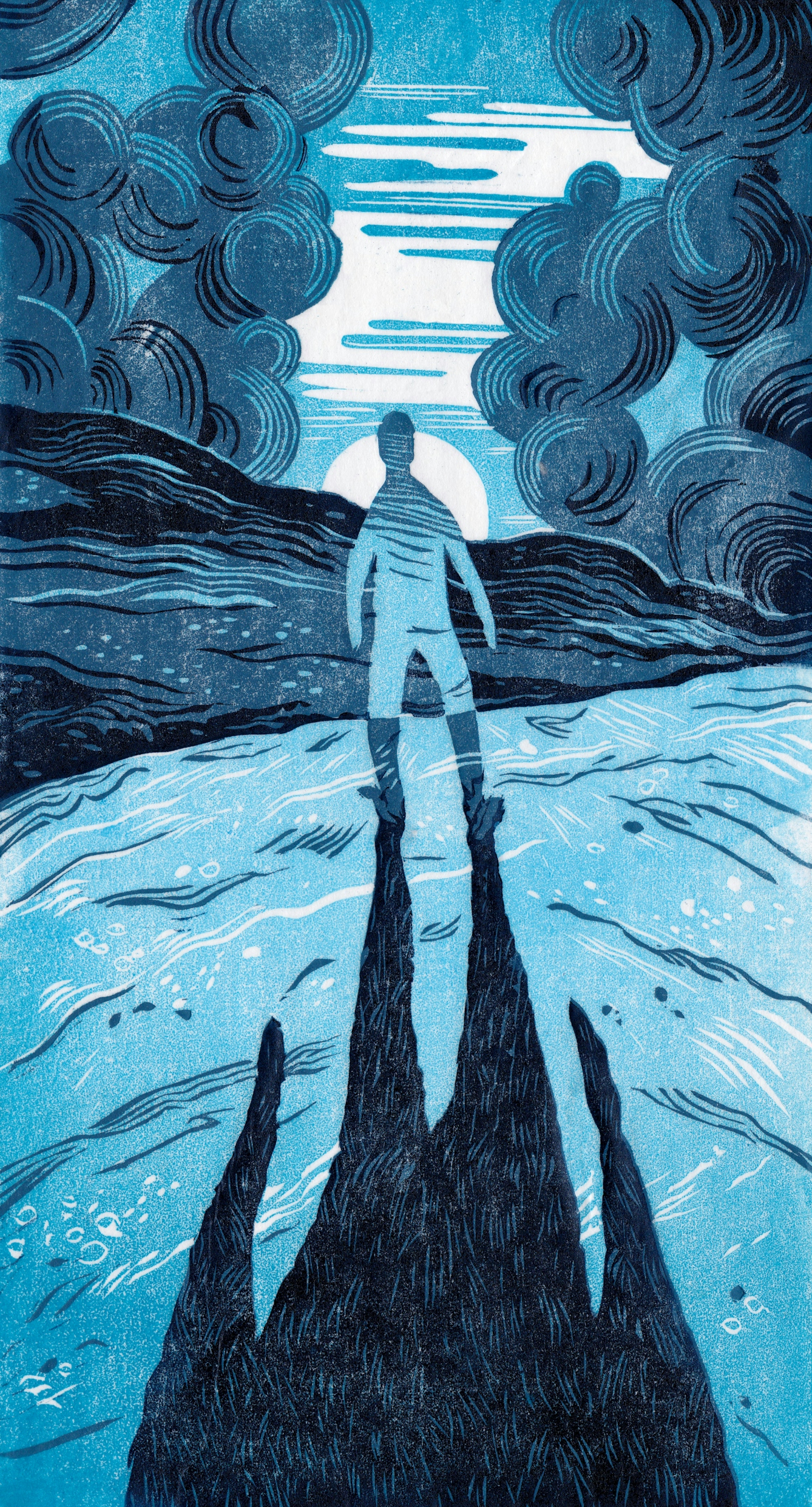
“One of the things I remember telling the doctor was the sense that a gaping chasm had replaced my organs – the feeling that I wasn’t a person at all, just a hollow shell with nothing inside.”
An existential feeling
Herron set up a focus group, and from the outset she describes it as “like taking the lid off Pandora's box. They had so much to say… People were feeling this thing that they weren't being asked about, that nobody was writing about, that nobody was researching. It just really felt like an unmet need.”
The study saw 240 people write descriptions of how they would explain their feeling of emptiness. Sani and Herron used these to identify nine key themes – focusing on the self, the relationship between the self and others, and the relationship between the self and the external world – and compiled a working definition of emptiness, which was then rated by 178 participants in a second study.
Overall, the participants rated the description between fairly and extremely accurate, with those identifying as feeling chronic, continual emptiness finding it more accurate than those who experienced it only occasionally.
By opening their study up to anyone who had ever felt empty, Sani and Herron were able to discover something that previous research into emptiness had missed: the fact that many people experiencing it not only did not have a diagnosis of BPD, but half of all participants had no diagnosis at all.
“Everybody, in principle, can experience emptiness at some point in their life,” Sani explains. “And so we wondered whether the term ‘symptom’ is appropriate, or whether emptiness should be conceptualised in a different way: as an existential feeling, a way of being in the world.”
Herron agrees; she believes that this is possibly why there is so little academic or psychological study on it. “This is something that is much more vague and much more fluid, and actually that's quite hard to study from a research perspective. It comes up in things like music and art and poetry, these creative ways of expressing ourselves, which don’t tend to naturally lend themselves to academic or clinical research.”
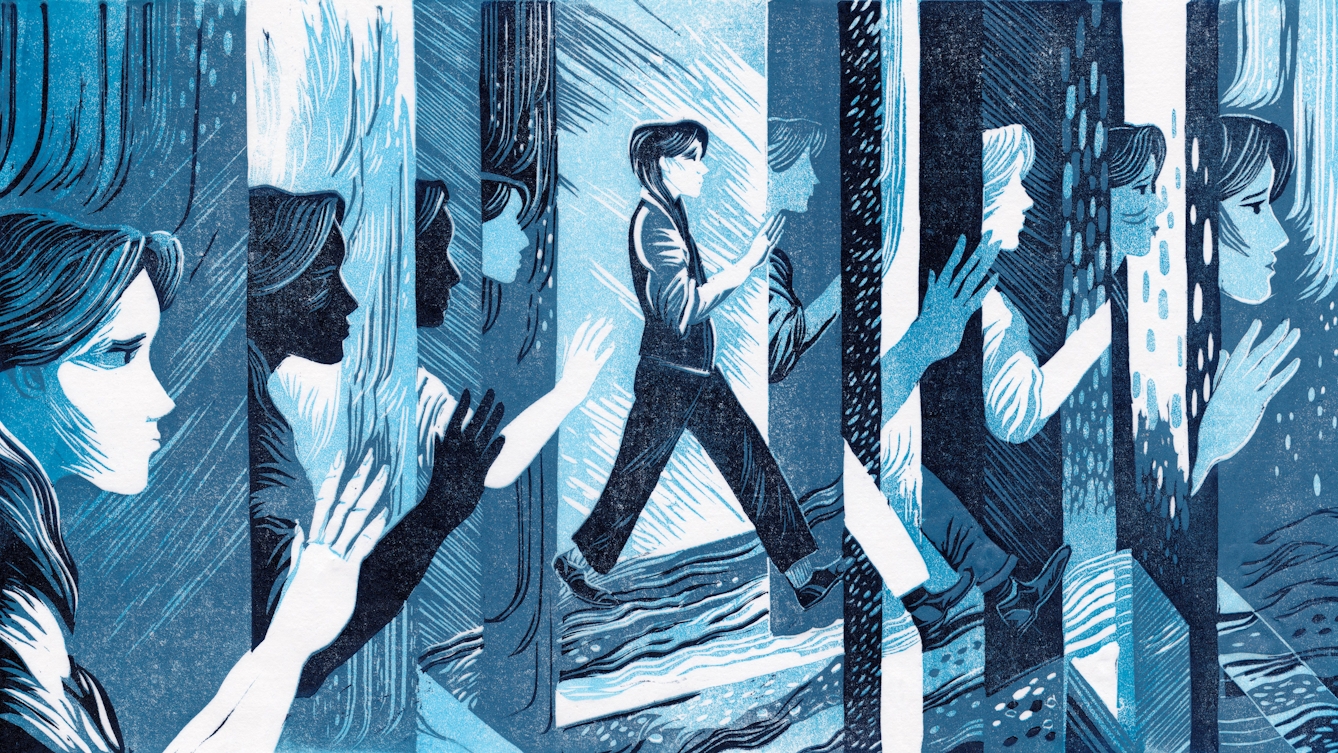
“People were feeling this thing that they weren't being asked about, that nobody was researching. It just really felt like an unmet need.”
Understanding emptiness through art
I’ve felt empty, on and off, at various points in my life. Recently I rediscovered one of my teenage diaries, and as I flicked through the pages, the sentence I am an empty box stopped me in my tracks.
As well as my own writing, I’ve tried to understand the feeling through art. For a while, nothing spoke to the black hole I imagined inside myself, like the song ‘Subterraneans’ from David Bowie’s ‘Low’, an album one critic called "so negative it doesn't even contain emptiness or the void”.
People have tried to reckon with their emptiness in many ways. It seems cliched to quote Sylvia Plath, the patron saint of despair, but a particular sentence from ‘The Bell Jar’ strikes me as the truth of emptiness and the ensuing chaos: “I felt very still and very empty, the way the eye of a tornado must feel, moving dully along in the middle of the surrounding hullabaloo.”
Like Plath’s protagonist, the hullabaloo is usually of my own making, with my increasingly desperate attempts to fill the void leading to more and more reckless behaviours, to destroy the empty box in the hope that being splinters might be better.
Poet Spike Milligan also appears to have understood the need to commit the feeling to paper, to try and make it real through the writing. In a work titled ‘Emptiness’, he writes: “I’ve learned mine can’t be filled, / only alchemized. Many times / it’s become a paragraph or a page. / But usually I’ve hidden it, / not knowing until too late / how enormous it grows in its dark.”
Everybody was using these really beautiful, powerful descriptions to try and capture what it was that they were feeling, because regular words didn’t really do it justice.

“I felt very still and very empty, the way the eye of a tornado must feel, moving dully along in the middle of the surrounding hullabaloo.”
Finding the language to explain emptiness was also a theme in Herron and Sani’s study. “The thing that really struck us,” Herron says, “was that everybody was using these really beautiful, powerful descriptions to try and capture what it was that they were feeling, because regular words didn’t really do it justice.”
Sani agrees: “[Participants] made use of metaphors and analogies, and some of the descriptions were quite poetic, they were beautiful.”
“To feel empty is to have the largest black hole in the middle of your chest which cannot be filled with anything. It’s simply a void where nothing lives,” wrote one participant. Another compared it to “a kind of bottomless jug that can never be filled and that no matter how much you pour into it, how much love and support and fun and achievements and satisfaction in your work, it will never be enough”.
Yet another description, which Herron tells me she found particularly moving, uses a line from the poem ‘The Rime of the Ancient Mariner’ by Samuel Taylor Coleridge, about dying of thirst at sea: "water, water everywhere / nor any drop to drink". The words I’d written could have belonged to any one of the participants; emptiness, it seems, forces poets of us all.
Amplifying unheard voices
Even after reading the paper, immersing myself in literature, and talking to both Sani and Herron, there’s still so much I don’t understand about emptiness. That’s without even considering the fact that emptiness, as I know, is a cultural concept. Much like the findings of a study by anthropologist Tanya Luhrmann, which discovered that participants with schizophrenia in Ghana and India were much more likely to view their auditory hallucinations as positive or friendly than those in America, the idea of emptiness as something negative is a Western one.
In Buddhism, the idea of emptiness becomes śūnyatā, a doctrine that sees both the universe and the self as unfixed and unstable, incapable of existing as an essential. Importantly, it does not see this as a cause of distress, but rather a means of liberation. “All is possible when emptiness is possible,” is a quote attributed to second-century philosopher Nāgārjuna; a blank slate, rather than just blankness.
The lack of study into emptiness (without the narrow focus on BPD) means no one can definitively identify causes or begin to suggest treatment methods. Herron is currently working on her thesis on the topic; the next steps for her and Sani, they tell me, is to create a scale to measure emptiness and begin studying how it presents in different groups and over a number of years.
“Our hope is that there’ll be lots more people who become interested in this topic,” Herron says, “and it gets the attention and conversation it deserves. We feel incredibly strongly that we are, in some ways, just the messenger. This work is about the people who feel empty and who need to be listened to, because they haven’t yet been heard or received the support that they deserve.”
About the contributors
Cassie Doney
Cassie is a journalist based in London writing about queerness, identity, culture and travel. They’re trying to read more, travel more, and create more.
James Albon
James Albon is a British author and illustrator. He studied illustration at Edinburgh College of Art, and went on to a postgraduate scholarship at the Royal Drawing School in London. He has written and illustrated three graphic novels: ‘Her Bark & Her Bite’, ‘A Shining Beacon’, and ‘The Delicacy’, and his clients include the Folio Society, the Wall Street Journal, the Guardian, and Libération. He was awarded the Gwen May Award from the Royal Society of Painter-Printmakers in 2012, and has been a Laureate of the René Carcan Biennale in 2014 and 2020.
